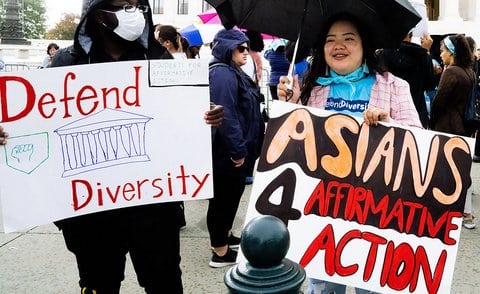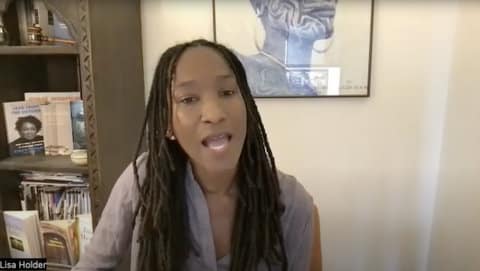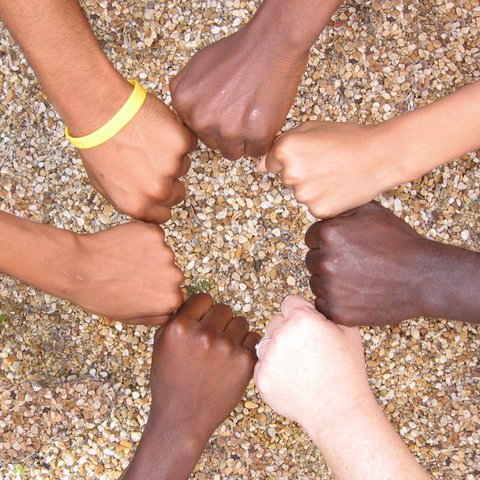
27 Dec Opinion: Will the Asian American ‘Model Minority’ Stereotype Endure in the Post-Affirmative Action Era?

(“Affirmative Action” by Victoria Pickering via Flickr / CC BY-NC-ND 2.0 license)
Joe W. Bowers Jr. | California Black Media
In the complex and ever-evolving tapestry of the American identity, Asian Americans have been compelled to deal with the myth of being the “model minority.” This widespread perception appears to have been hardwired into our collective consciousness.
This seemingly commendable stereotype wrongly asserts that all Asian Americans uniformly excel in academics, employment, and societal roles, contributing to a narrative that inaccurately describes their diverse experiences and potentially serves as a racial wedge, particularly between Asians/Asian Americans and African Americans.
The roots of the “model minority” myth can be traced back to the mid-20th century. The myth emerged highlighting the success of Japanese Americans and other Asian American groups as a counter-narrative to systemic racism allegations that were being raised as the civil rights movement gained momentum.
The “model minority” stereotype obscures the rich diversity within the Asian American community, which comprises over 19.9 million people from more than 40 ethnic groups, speaking over 100 languages, each with their own unique cultures, languages, and histories. Despite 91% of Asian American adults maintaining distinct cultural practices, their values align closely with the broader U.S. population.
This stereotype frequently overlooks the social and economic hardships experienced by groups like Southeast Asians, Pacific Islanders, and Asian refugees. The impact of issues like socioeconomic instability, unequal educational opportunities, reliance on public health insurance, housing instability, and health disparities are often downplayed due to this stereotype, making it difficult to address the unique challenges these communities face.
The “model minority” stereotype contributes to the “perpetual foreigner” stereotype, implying that Asian Americans regardless of how long their family has been in the United States, are seen as perpetual outsiders. This feeling of always being seen as foreign fosters feelings of exclusion and alienation, hindering a number of Asian Americans’ full participation in American society.
>>>Read: What a Supreme Court Overturn of Affirmative Action at Two Universities Could Mean
The Supreme Court’s recent decision to end affirmative action has elicited mixed reactions both in and outside of the Asian American community. The case against Harvard University, brought by the Students for Fair Admissions, argued that the university’s admission policies discriminated against Asian American applicants. The verdict, which doesn’t single out any racial or ethnic group, has raised concerns about its effect on diversity in elite educational institutions, particularly for underrepresented students like Black, Latino, and certain Asian American subgroups. Some Asian American groups and leaders have criticized the decision, arguing it exploits Asian Americans to undermine civil rights.
It is essential to acknowledge and confront the strategic use of the “model minority” myth as a racial wedge, particularly between Asians/Asian Americans and Blacks. This myth, which contrasts the success of one minority group with another, can intensify tensions and perpetuate damaging stereotypes. Understanding the interconnected struggles faced by different minority communities is vital to fostering unity and dismantling divisive narratives that deepen racial divisions.
>>>Q&A: ‘Our Folks Are Scared’ — Center Gives Refugees, Immigrants Therapy for Racism and Other Trauma
A prime example of this interconnectedness is the successful campaign Japanese Americans conducted to secure an apology and reparations for their unjust internment during World War II. Influenced by the Civil Rights movement and Martin Luther King’s demonstrations against racial injustice, their initiative was supported by Black legislators and activists. This shows how unity and understanding can lead to significant social change.
Beyond its visible impact on their socioeconomic conditions, the “model minority” stereotype significantly affects the mental health of Asian Americans. This label makes them feel like they must be perfect in school and conform to high academic expectations, leading to stress and potential mental health problems. Unfortunately, Asian Americans are two to three times less likely than white people to seek help for mental health issues. This is made worse by the fact that talking about mental health is often stigmatized in their communities.
>>> Q&A: Nonprofit Gives Mental Health Support to Bay Area Chinese Community
Despite reporting lower discrimination in employment, housing, and criminal justice compared to other racial minorities, Asian Americans face a unique set of stereotypes that render them invisible in discussions about race and prejudice in America. Evidence suggests that Asian Americans, representing about 6% of the U.S. population, are frequently denied leadership opportunities. Additionally, they are often overlooked in research, clinical outreach, and advocacy efforts. Health outcomes vary greatly among different Asian American groups. Recognizing this diversity exists can help in providing culturally appropriate health care and addressing health disparities.
The stereotype of cultural uniformity, which assumes all Asian Americans are identical, has led to damaging misconceptions. This problem is intensified when Asian Americans see violent attacks on their community members in the media, resulting in “vicarious trauma,” an emotional distress caused by witnessing harm done to others.
Despite the “model minority” stereotype, hate crimes against Asian Americans rose by 76% in 2020 during the COVID-19 pandemic. These incidents, as documented by the FBI, range from verbal harassment and discrimination to physical assaults. This wave of violence and discrimination has undeniably contributed to vicarious trauma within the Asian American community.
>>>Read: Racism and Violence Against AAPI People ‘Is Nothing New’
Breaking free of this stereotype necessitates a collective effort to challenge preconceptions, celebrate and embrace diversity, and create an inclusive narrative that authentically represents the complexity of being Asian American. This involves dismantling racial divides and promoting understanding between communities that have historically encountered systemic challenges.
Guided by comprehensive studies like Pew Research on Asian Americans, this collective effort can pave the way for a more respectful, and united appreciation of the diverse Asian American tapestry of cultures and histories shaping America’s identity.
About the Author
Joe W. Bowers Jr. is a contributing editor to California Black Media. He is a graduate of Stanford University.
This resource is supported in whole or in part by funding provided by the State of California, administered by the California State Library in partnership with the California Department of Social Services and the California Commission on Asian and Pacific Islander American Affairs as part of the Stop the Hate program. To report a hate incident or hate crime and get support, go to CA vs Hate.





No Comments